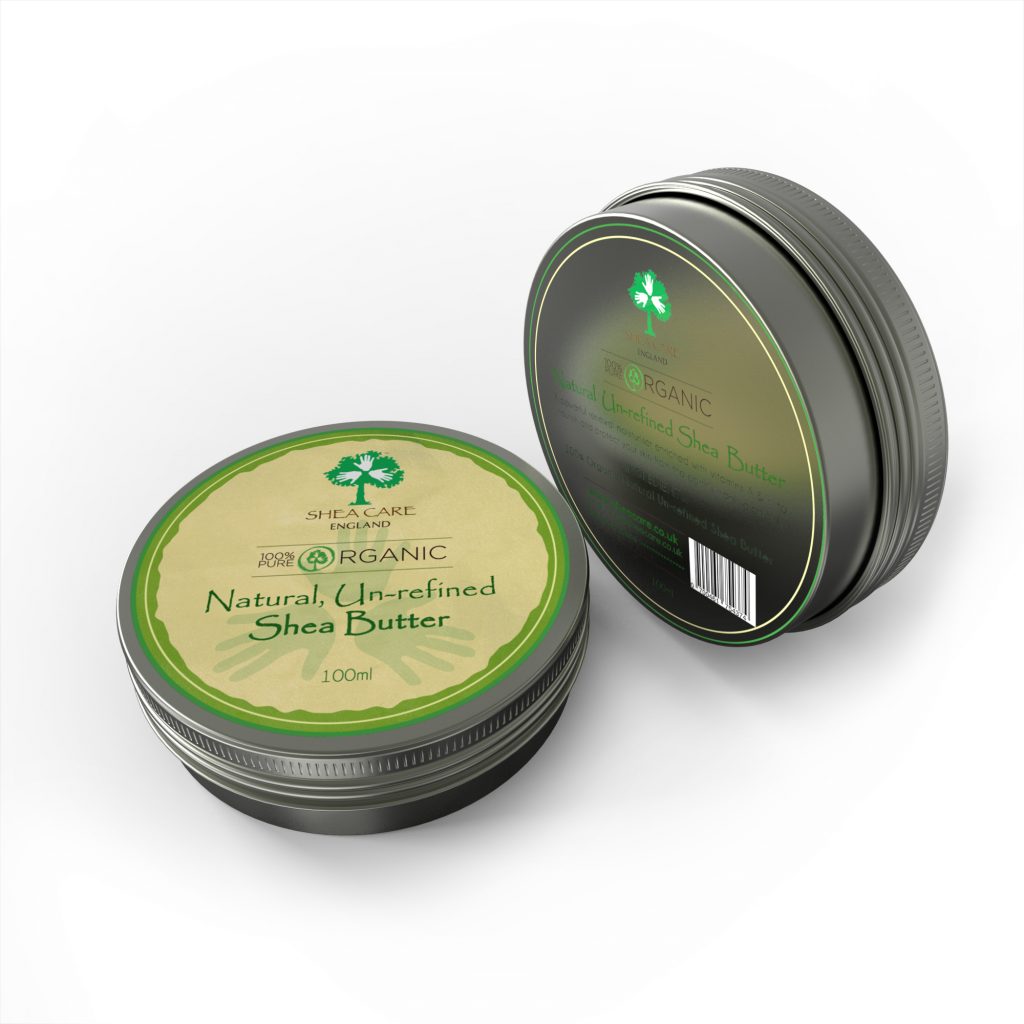While “sustainability” as a strategic initiative encompasses much more than packaging (social, economic and environmental factors must all be considered), packaging is the one touchpoint all consumers, value chain partners, investors and retailers will see.
Brand decisions lead back to the customer. 34% of baby boomers, 46% of Gen Xers and 75% of millennials “definitely or probably will change their purchase/consumption habits to reduce [their] impact on the environment,” according to research from Nielsen.
The trend here is obvious: customers care about sustainability and the younger the customer, the more they care. As time goes on, the purchasing power and, therefore, leverage of younger generations will only grow. Many large corporations are already implementing strategies to address this, foreshadowing that this trend could eventually affect midsized brands as well.
As the demand for sustainability picks up steam, some brands might still need to decide what exactly a retailer, investor or consumer observes as they pick up the product. Is the packaging and labels a seamless extension of its commitment to sustainability in all aspects of business, or are there disconnects between sustainability goals and how the product is packaged and labelled? Not deciding is a decision in itself, as the label is the face of a brand in the marketplace and consumers are already beginning to stop picking up less-than-eco-friendly products.
When designing a package for recyclability, labels are often an afterthought. For example, the bottle and cap could be recyclable, but if the label isn’t compatible with the recycling process, then the packaging won’t get recycled. According to a label materials supplier, its “estimated that 560 million bottles are wasted in the recycling process every year, largely due to incompatible label materials.” By narrowing in on labels, brands can find variety when it comes to recycle-friendly label materials.
There’s no silver bullet sustainability solution where you both save the environment and cut your costs in every single situation. Sustainable label materials do, on occasion, cost more than their conventional counterparts do. That said, the value it provides in shelf pull, product differentiation and goodwill with consumers can, in some cases, far outweigh the incremental cost increase.
Sustainable packaging is a complex topic — entire books have been written on the subject. Brands should consider these obstacles one by one and form actionable steps they can take today to switch to more sustainable labels.

